Continuing our holiday healthy eating series, here’s a look at something not meal- or serving-specific but information about an area that’s always a challenge over the holidays: sweets. Who hasn’t over-indulged in the whipped cream over a pumpkin pie? Or had more than one serving of the homemade dessert? This can be a problem for many people, especially those on a candida diet. Candida (known as Candidiasis, or an overgrowth of Candida) thrives on sugar, so an anti-candida diet involves avoiding sugars and refined carbohydrates, which are basically sugars, starches and fibers in fruits, grains, vegetables and milk products.
This is not a post about what to avoid eating over the holidays, because that’s too simple. If it’s ultra-sweet, like pie or ice cream, steer clear, obviously. This is about alternatives to sugar if you’re doing the cooking, especially baking. Here are two alternatives to sugar: Xylitol and Stevia. Using an alternative can satisfy your sweet tooth while remaining true to the candida diet. Xylitol, for instance, can be substituted for granulated cane, maple or coconut sugar with a simple 1:1 conversion.
It’s a natural sweetener that can be derived from any woody fibrous plant material. Xylitol is found widely in nature; most of the fruits and vegetables we eat on a daily basis have small amounts of xylitol. It does not raise blood-sugar levels like common sugars and is also great for your dental health. It aids in the prevention of dental cavities and reduces plaque formation. Friendly tips: too much xylitol can cause an upset stomach and/or gas so it is best to enjoy your sweet treats in small amounts. It is also is toxic to animals (especially dogs) so keep out of their reach.
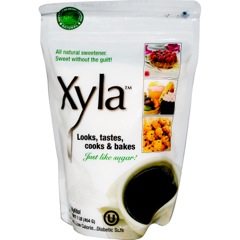 All that being said, my favorite brand of xylitol is Xyla, which is extracted from 100% North American Hardwood Birch tree as opposed to corncobs like other brands. It is GMO free and contains no fillers!
All that being said, my favorite brand of xylitol is Xyla, which is extracted from 100% North American Hardwood Birch tree as opposed to corncobs like other brands. It is GMO free and contains no fillers!
Stevia was mentioned previously in our blog posts, actually as part of a recipe. This option is derived naturally, from the Stevia rebaudiana plant, which is native to Paraguay but today grows all over the world. Those who have used stevia know that the taste is very sweet, and some would say it’s a little different from what you expect from table-top sugar we’re used to.The good news: it is so sweet that you don’t need to use very much; and it has no calories at all. It may be important to look for stevia brands that are wholly natural (read: 100%) and use the entire stevia leaf.
Here are some excellent sources for more information:
http://www.thecandidadiet.com/stevia-vs-xylitol/
http://kristyscottage.com/simple-baking-tips-for-stevia-and-xylitol/

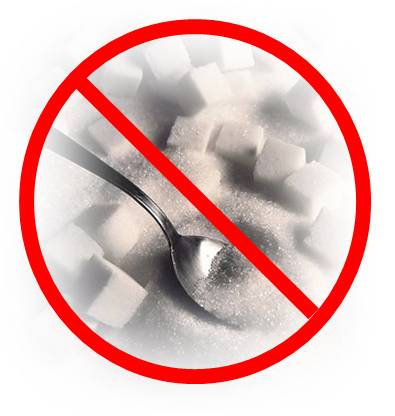
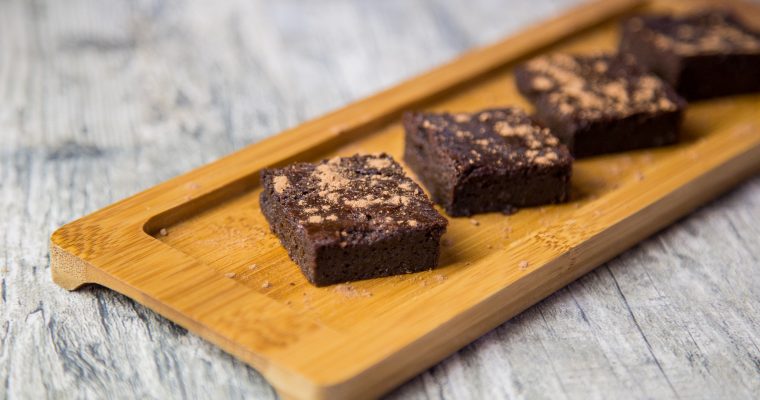
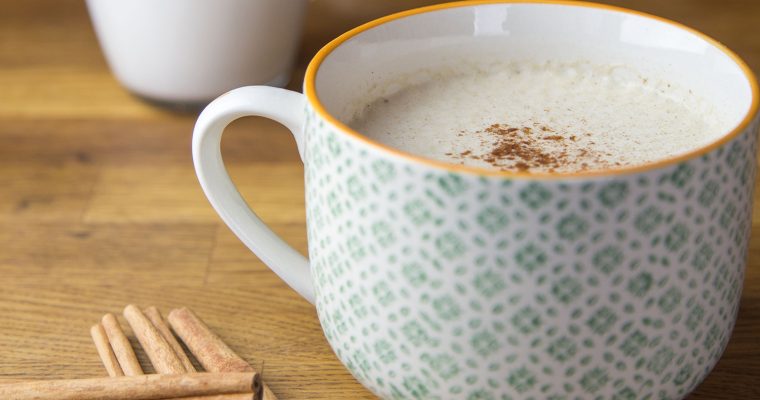
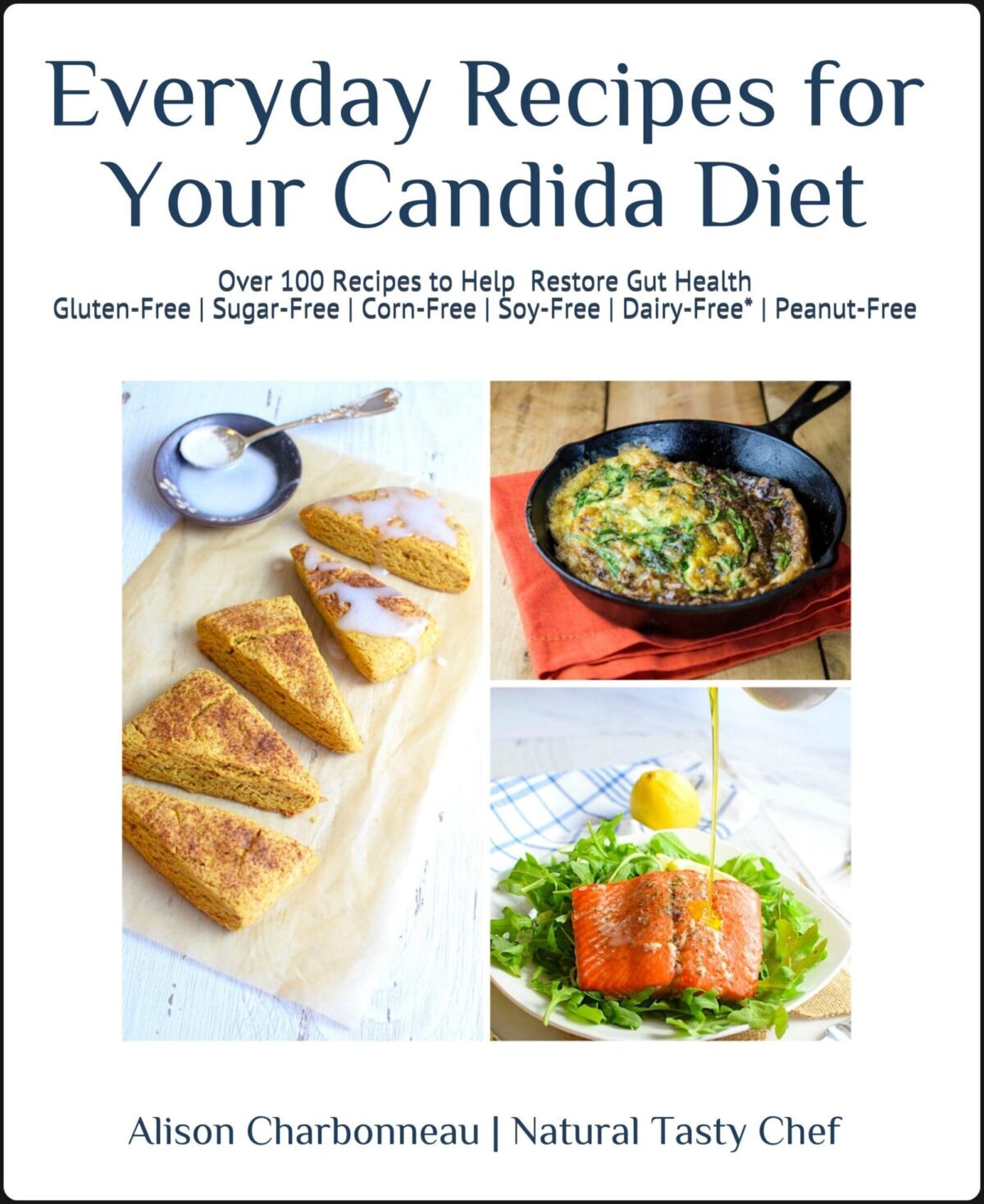
[…] Addressing Cravings for Sweets around the Holidays: Being Candida-Conscious […]